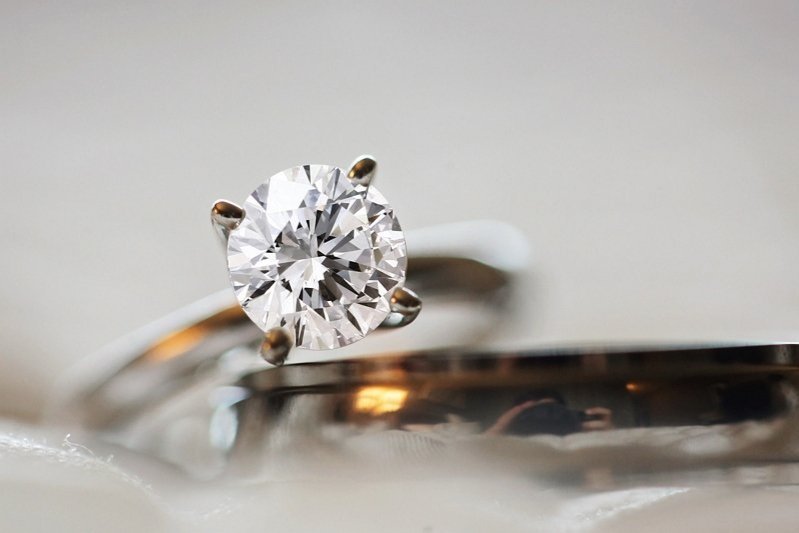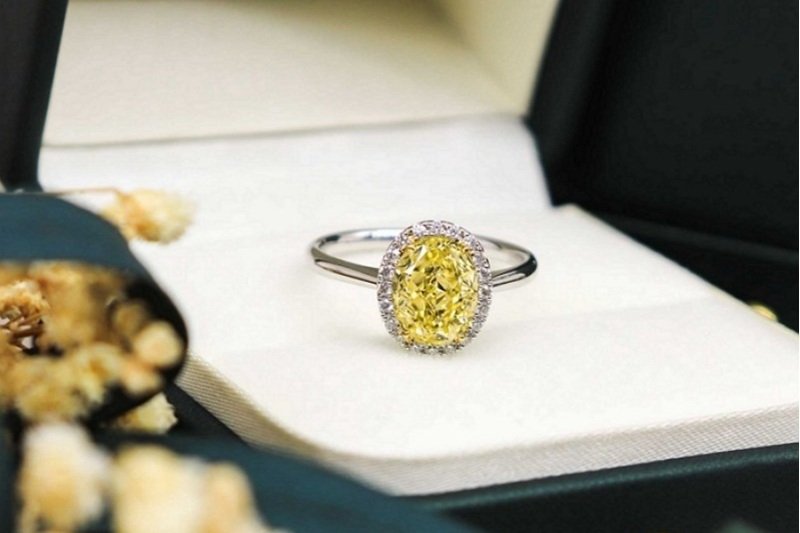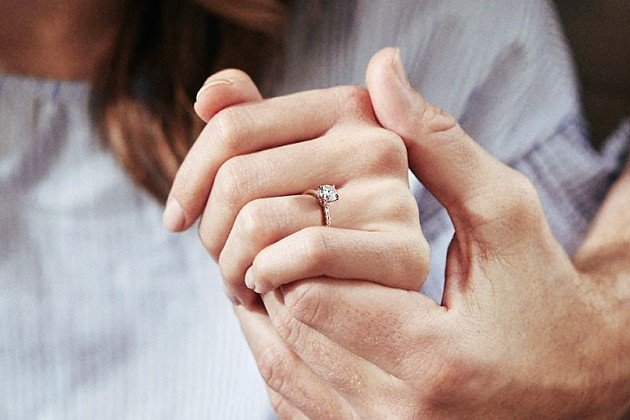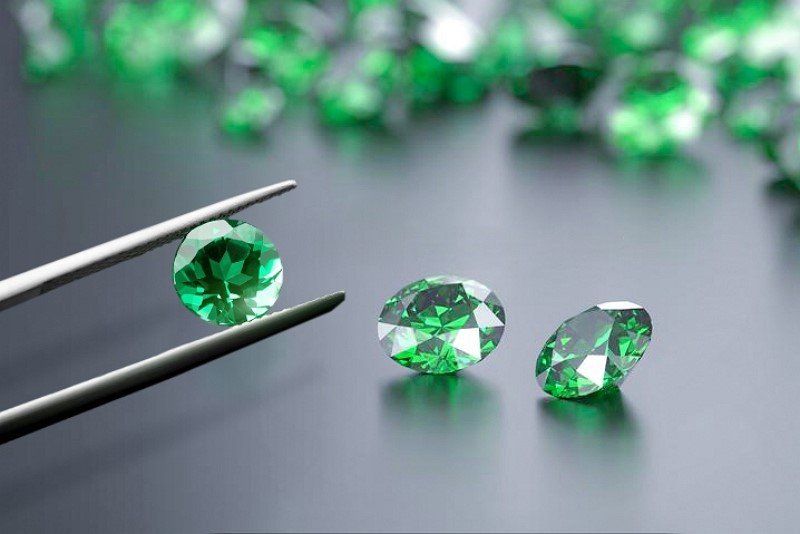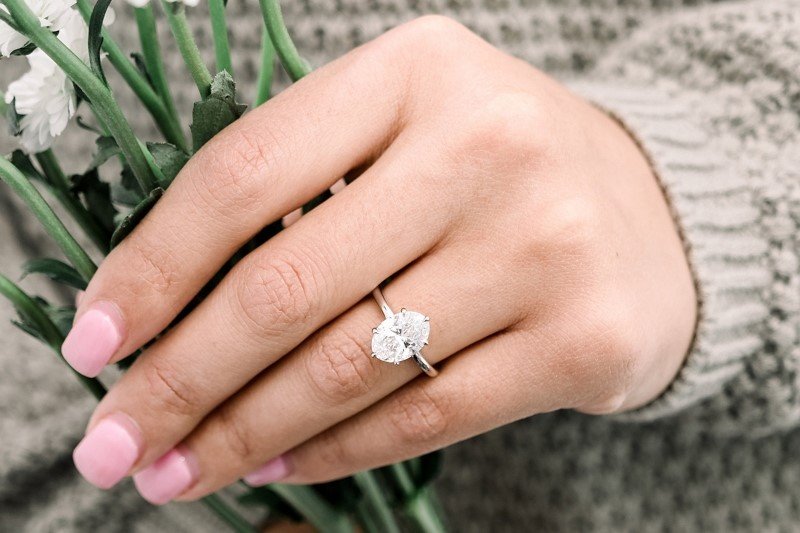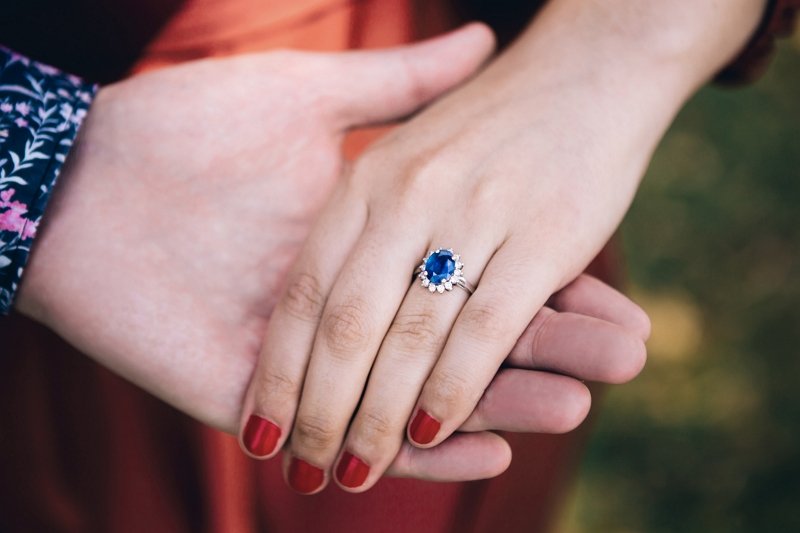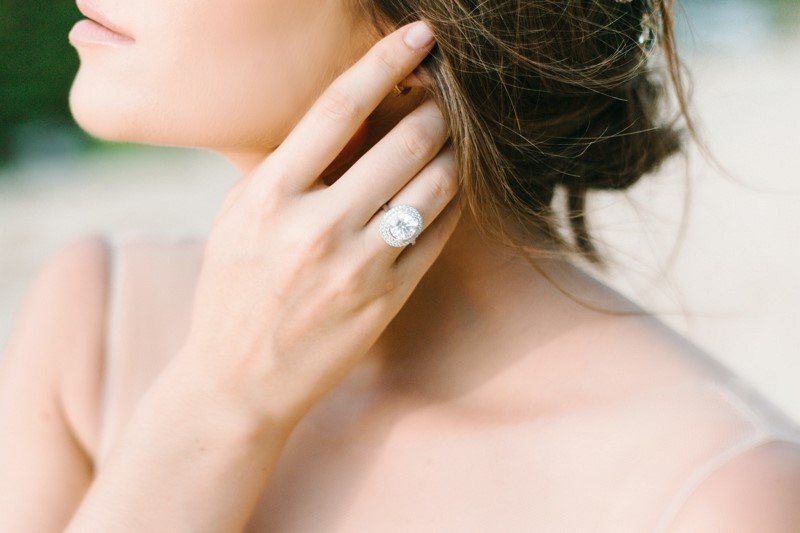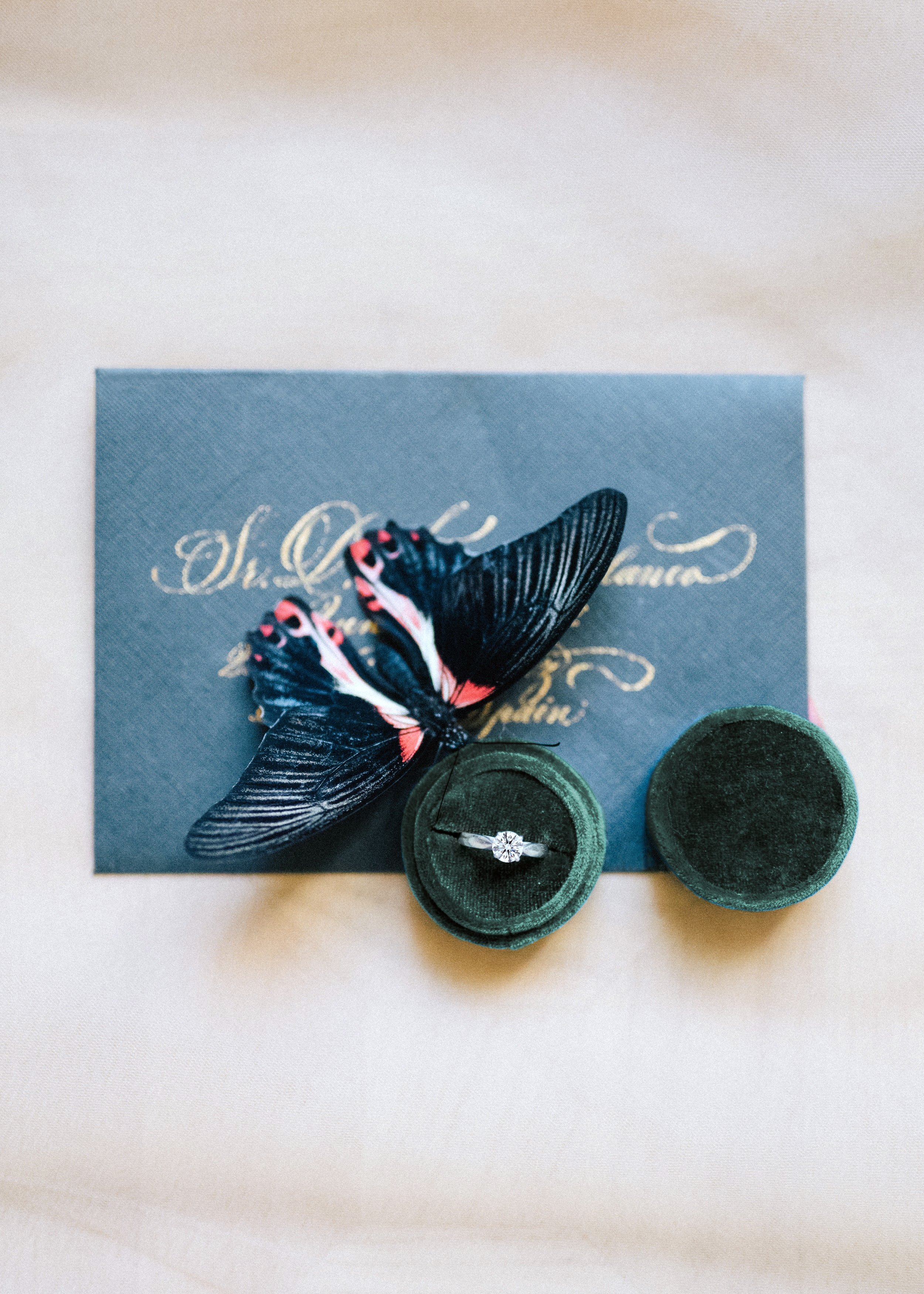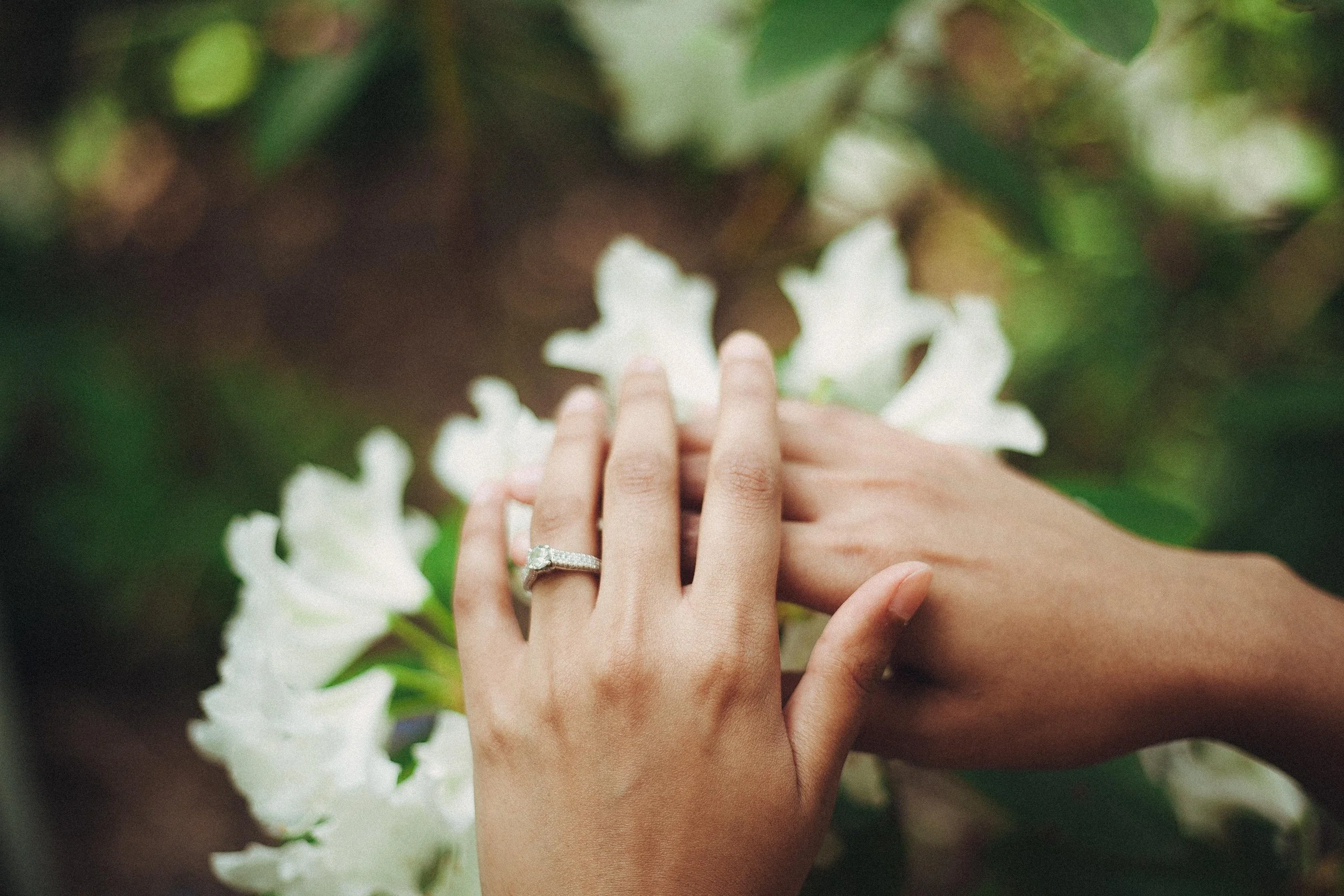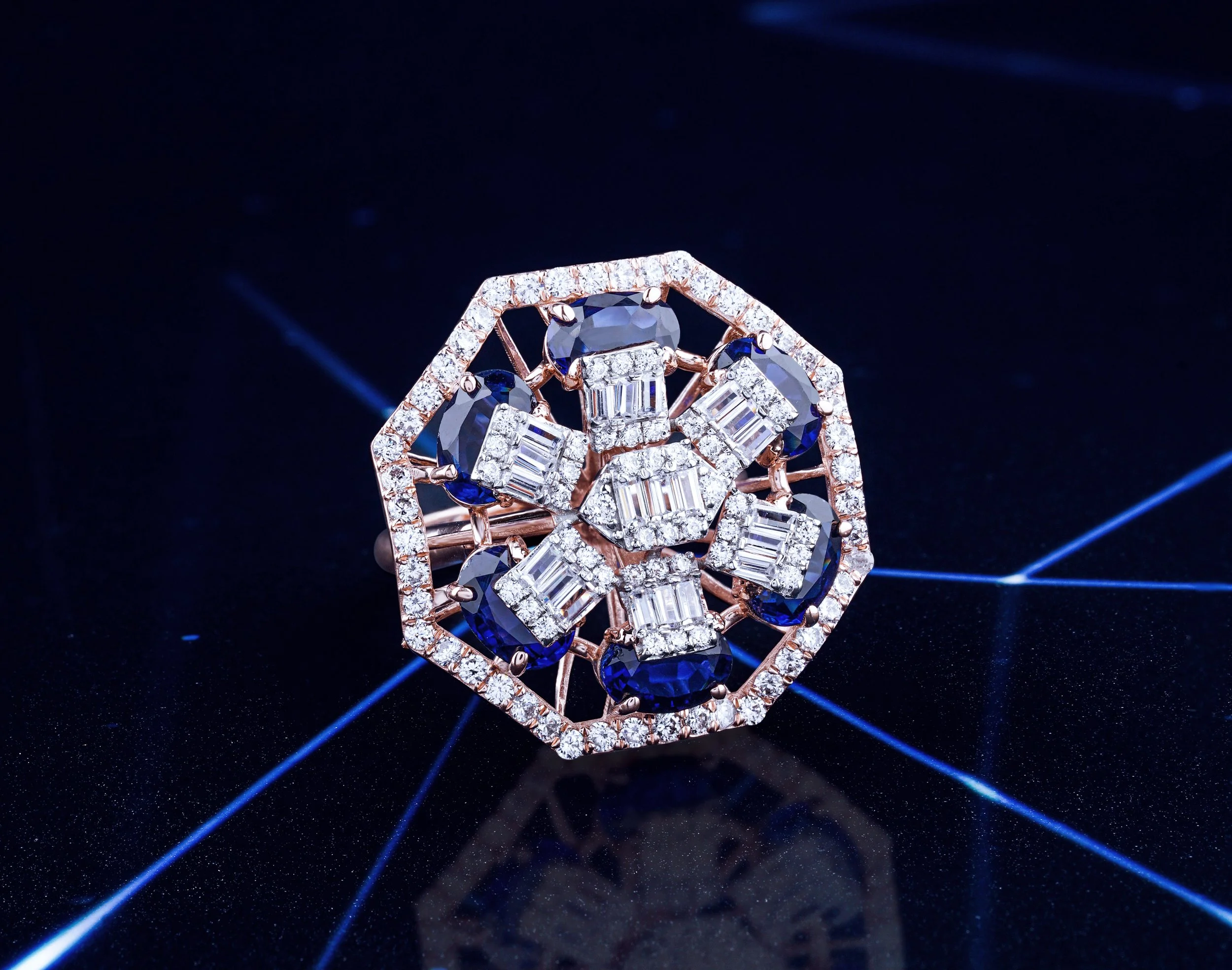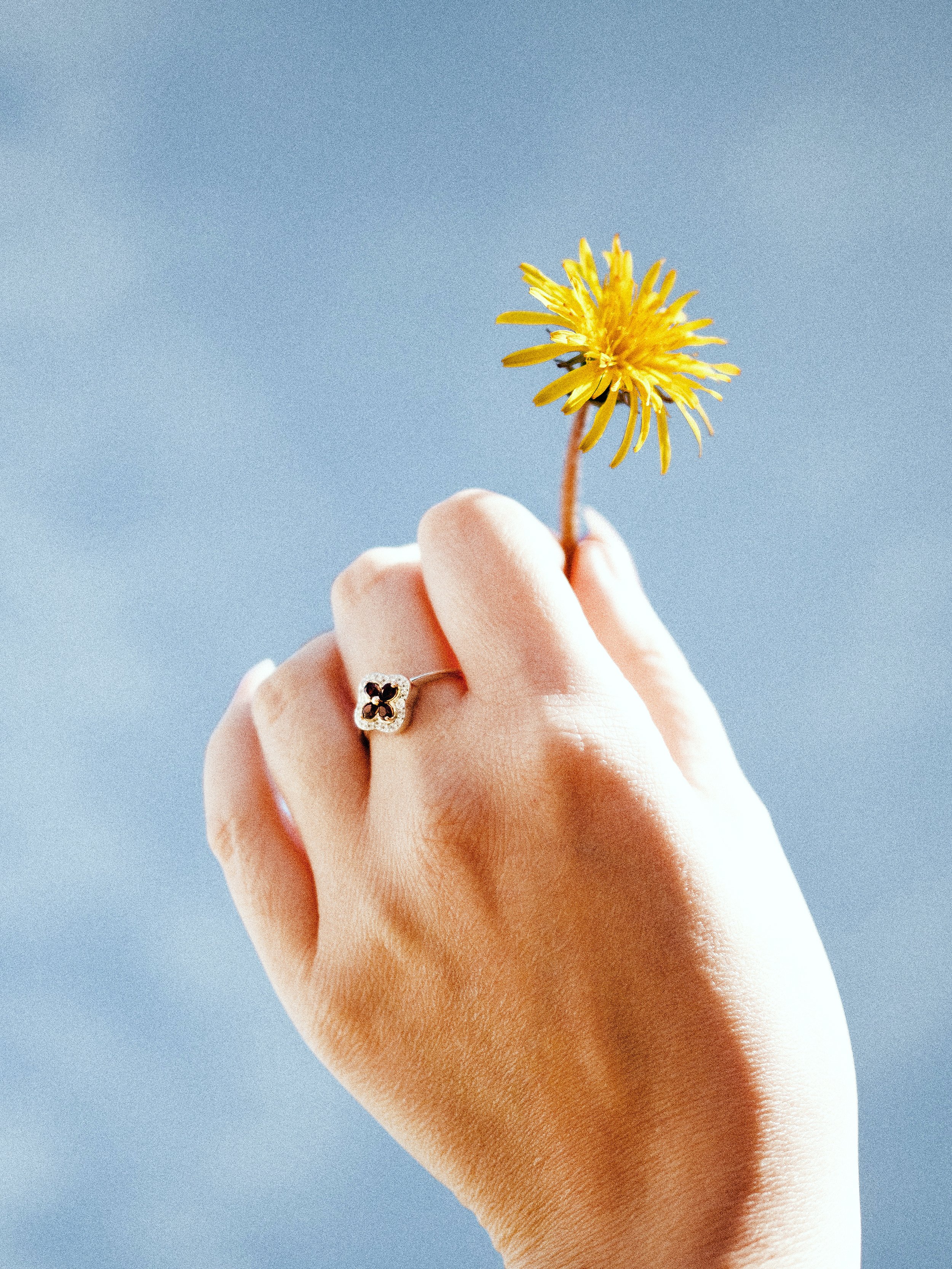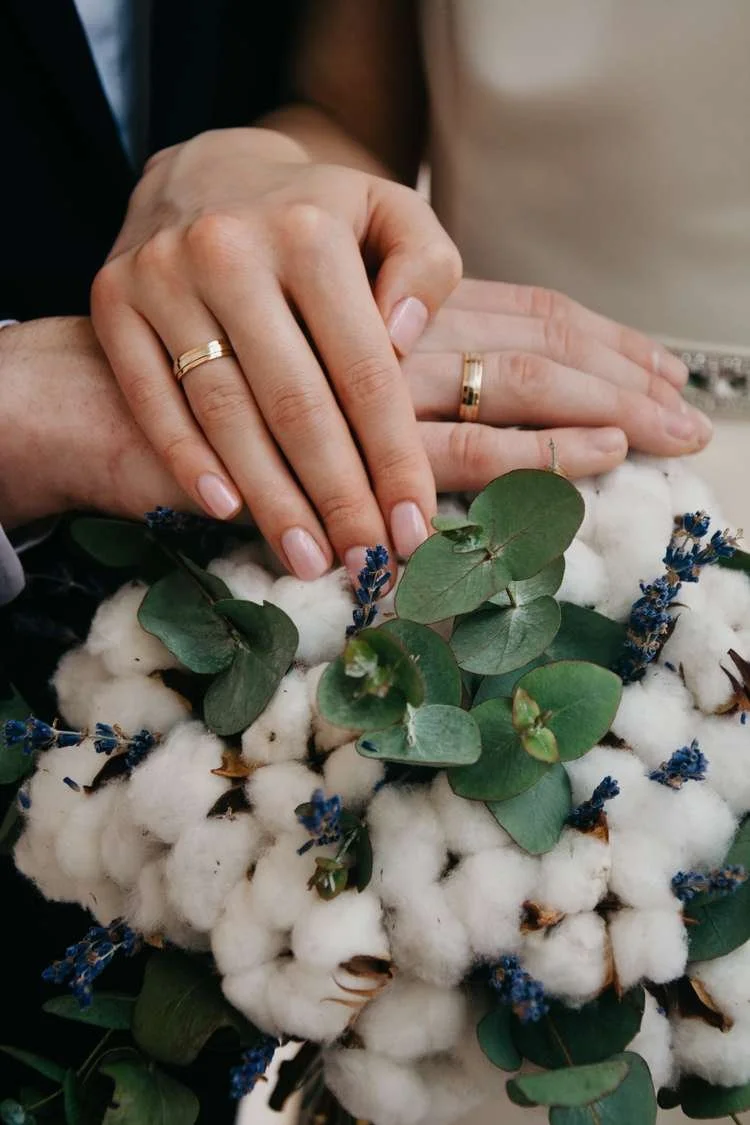Moissanite VS Lab-Grown Diamond: Which One to Choose
If you are looking for a larger diamond at an affordable price, you may have heard of the two popular alternatives to natural diamonds - moissanite and lab-grown diamonds. Though they share a lot in common as gemstones, there are also many differences between them.
These differences might not matter much if you’re on a shopping spree, but soon-to-be-married couples looking to make life decisions may want to look closer. Here’s everything you need to know to make the best choice for you and your budget:
Moissanite vs lab-grown diamond: origin
What is a moissanite stone?
Moissanite is a nearly-translucent gemstone made of silicon carbide. Since diamonds are mainly composed of pure carbon, moissanite gems are not considered diamonds. Moissanite comes with dazzling facets, top-grade brilliance, and a rather flashy fire. This type of gemstone generally weighs about 15% less than diamonds and is slightly more brittle.
Most of the moissanite we see today is lab-grown because natural moissanite occurs in tiny globs and is extremely rare. Lab-made moissanite follows a similar processes used for lab-grown diamonds. However, they possess different physical and chemical properties. Much like the impurities that give rise to color in diamonds, a unique mix of compounds generates the striking appearance of moissanite.
Are lab-grown diamonds from hair the same as moissanite?
No. They’re both physically and chemically different. Lab-grown diamonds from hair contain pure carbon – sometimes with a trace of elements that give color. Moissanite, on the other hand, is a composite of carbon and silica. The different compositions result in different colors, sparkles, and hardness.
Aside from this, lab-grown diamonds made from the hair of you or your loved ones offer a unique and personalized aspect that turns your diamond into a cherished keepsake.
Moissanite vs lab-grown diamond: appearance
How can one tell moissanite from a lab-grown diamond? Even an inexperiences jeweler could tell that there’s a difference after a close inspection of the two. However, experts can even differentiate from a distance, owing to certain qualities.
Here is a quick breakdown of the key differentiating factors:
Color
Lab-grown diamonds come in the full-color spectrum of natural diamonds. By adjusting the chemical properties in the HPHT process, lab-grown diamonds can be created either colorless or in fancy colors (colors that are rarely found in nature, such as pink, blue and green). Moissanite can come in white or colorless, as well as a separate range of colors. However, even if they are labeled ‘colorless’, moissanite can still portray a yellowish or grayish hue under certain lights.
Sparkle
Lab-created diamonds have the same sparkle as natural diamonds, reflecting mainly gray and white inside the stone. Moissanite actually sparkles more than diamonds do. However, due to the different faceting between these two gemstones, moissanite often reflects more of a rainbow sparkle, which sometimes makes them look fake.
Cut
Both moissanite and lab-grown diamonds can come in various cuts to showcase the jewelry’s beauty. In general, the classic round-cut lab-grown diamonds present better brilliance. Other cuts, including oval cut, emerald cut, princess cut, and cushion cut are also among the most popular and acceptable cuts for engagement rings. Likewise, round cuts best showcase moissanite’s fire and brilliance. It is worth noting, however, that lab-grown diamonds are available in a wider array of cuts since the cutting process is different for moissanite.
Clarity
Although just like lab-grown diamonds, moissanite comes in different grades of clarity, they are often made with very high clarity and minimal imperfections. On the other hand, the formation process of diamonds, whether naturally or lab-created, usually creates inclusions. Many of these inclusions, however, can only be seen by trained eyes under magnifications.
Refraction
Refraction refers to the separation of light when it passes through a gemstone. Refraction depends on qualities like the cut, the sparkle, and clarity.
With their structural differences, moissanite and lab-grown diamonds also differ in refraction. Diamonds are singly refractive, while moissanite is doubly refractive. This double refraction feature makes moissanite appear more brilliant than diamonds, but also gives the gemstone a more blurry appearance.
Hardness
Diamonds are the hardest substances on the planet. Moissanite is softer compared to lab-grown diamonds because the carbon in moissanite is heavily diluted with other compounds. However, moissanite is still considered one of the hardest substances under diamonds.
| Appearance | Moissanite | Lab-grown Diamonds |
| Color | Mostly available in near colorless | Available in every fancy color |
| Sparkle | Often reflects a rainbow sparkle | Reflect mainly white sparkle, as shimmering as natural diamonds |
| Cut | Cut differently than diamonds, less shape choices | More than 50 types of diamond cuts |
| Clarity | Made in lab, thus with higher clarity than natural diamonds | Made in lab, thus with higher clarity than natural diamonds |
| Refraction | Reflects highly intense and very strong sparkle, can look unnatural | Reflect eye-catching yet elegant white sparkle |
| Hardness | Second hardest mineral, rated 9.25 on the Mohs Hardness Scale | Hardest known mineral, rated 10 on the Mohs Hardness Scale |
Moissanite vs lab-grown diamond: price and value
One carat of a high-quality lab-grown diamond costs about $2,000 on average, while 1 carat of moissanite costs about $500.
From an investment perspective, you can expect to make back about 50% of the original price of a natural diamond if you resell it. The returns on lab-grown diamonds and moissanite, however, are usually much lower.
The fact of the matter is that resell value matters far less than sentimental value when it comes to precious stones, especially for engagement or wedding rings that can be passed down for generations. Lab-grown diamonds can be converted from your hair and customized in any way you prefer, giving your engagement ring unique beauty and value.
Diamonds and moissanite are meant to symbolize your passion, eternally embodying your love for someone or something you care deeply about.
Which one should you choose for an engagement or wedding ring?
Both lab-grown diamonds and moissanite are now widely used as an alternative to natural diamonds in rings and necklaces. But when it comes to engagement and wedding rings, you might have a preference for a few different reasons:
When to choose a lab-grown diamond
Diamonds symbolize the strength and depth of love between couples, so they are the most popular choice for an engagement or wedding ring. Lab-grown diamonds, due to their affordability and sustainability, are also growing in popularity (especially in the millennial bridal market). Lab-grown diamonds also come with certificates of authentication for those who want to extra security and resell marketability.
When to choose moissanite
If you want a non-diamond center stone, then moissanite could be right up your alley. Although moissanite is diamond-like, it is not a diamond at all. Not only are their chemical properties completely different, but they also have different meanings and symbolism ascribed to them.
More useful information about lab-grown diamonds and moissanite
What are the advantages of lab-grown diamonds over moissanite?
The advantages that lab-grown diamonds have over moissanite may ultimately impact your buying decision. First of all, lab-grown diamonds are real diamonds, but moissanite gemstones are not. Sharing the same chemical and physical properties as natural diamonds, lab-grown diamonds are usually harder and thus more durable. Also, their brilliance is closer to that of natural diamonds, compared to the flashy fire of moissanite (which might appear too exuberant for some buyers). Aside from this, lab-grown diamonds come in a wider range of cuts and a wider color spectrum compared to moissanite.
Where can I buy a one-of-a-kind lab-grown diamond engagement ring?
At Sunny Eden™ , we completely demystify the process of acquiring a lab-grown diamond. Our precious lab-grown diamonds from hair can be the perfect embodiment of your passion and one-of-a-kind story.
For lab-grown diamond engagement rings, we offer a vast range of customization options to suit any taste or purpose, including a variety of cuts and high-quality metals for ring settings (such as 18k white gold, yellow gold, and rose gold).
How to choose a lab-grown diamond ring
You can choose a lab-grown diamond by first understanding the famous 4Cs - Cut, Color, Clarity, and Carat weight. These four factors not only affect the appearance of a lab-created diamond, but also determine how it is priced.
At Sunny Eden™️ every piece of jewelry is uniquely hand-made and customized. Not only can you choose your engagement ring’s color, shape and weight, but you can also add personal text on the girdle of your diamond or inside of your ring, making it even more special for your loved one.


